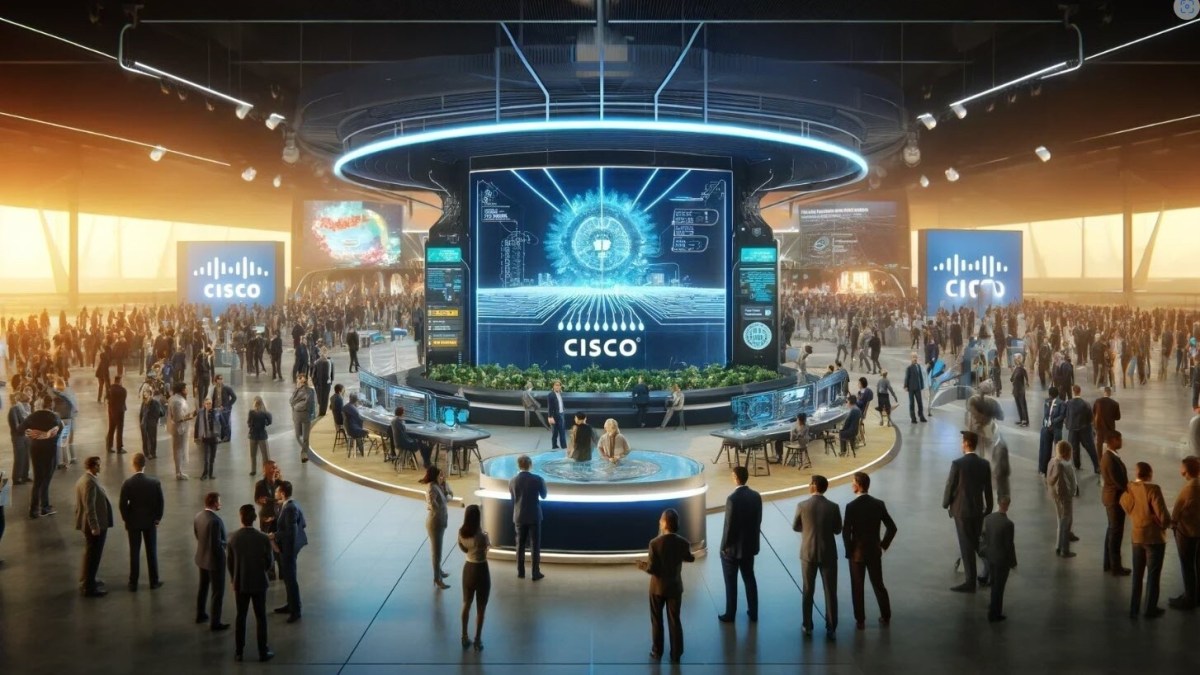Resilience against Cyber Attacks: A Board-Level Priority
When it comes to safeguarding organizations against cyber threats, traditional defense systems fall short in identifying and stopping the strategies employed by the most sophisticated attackers. From cybercrime gangs leveraging AI and machine learning experts to nation-state adversaries recruiting top talent from universities, the global cyber battlefield demands a proactive pursuit of resilience. This pressing need for resilience has elevated the importance of secure networks to a board of director-level priority, as revealed by several CISOs who shared insights at RSAC 2024 on condition of anonymity.
Boards now seek tangible evidence of progress in risk management objectives, emphasizing the criticality of efficacy infrastructure-wide and enhanced visibility at the container and kernel levels. It is noteworthy that while a striking 80% of companies express confidence in their readiness to combat cyber threats, only a mere 3% are genuinely equipped to do so. The repercussions of lacking resilience in the face of cyber-attacks can be disastrous, underscoring the urgency for a paradigm shift towards novel approaches in cybersecurity, as highlighted by Jeetu Patel, the executive vice president and general manager of Security and Collaboration for Cisco, citing insights from the 2024 Cisco Cybersecurity Readiness Index.
Prioritizing Infrastructure Resilience
Engagements with CISOs during RSAC further affirm the imperative for organizations to fortify the resilience of their cloud infrastructure, secure software supply chains, ensure compliance with software bill of materials (SBOM), and fortify connections with partners and suppliers amidst a relentless onslaught of evolving attack techniques.
Redefining Cybersecurity in an Adversarial AI Landscape
Embracing the reality of adversarial AI-driven attacks necessitates a transformative approach to cybersecurity. Organizations must harness native AI for defense mechanisms to counteract AI weaponization by adversaries, advocating for a shift towards machine-scale responses rather than relying on conventional human-centered tactics. Challenges abound in enhancing resilience against rapid and sophisticated cyber threats, encompassing the imperative to maintain current infrastructure, stay abreast of patch management, and enforce robust segmentation to thwart breach attempts.
The tendency of organizations to procrastinate on patching vulnerabilities, ramping up efforts only post-breach, is a prevalent issue. Patch management, especially in systems critical to operations, is perceived as complex and time-consuming by a majority of IT and security professionals. The rise of remote work and decentralized workspaces adds a layer of complexity to patch management processes, often resulting in competing priorities relegating patching to a secondary role.
Segmentation emerges as a formidable challenge in adopting a zero-trust security framework, limiting lateral movement for attackers within the infrastructure. The inertia in updating essential infrastructure components like firewalls and network equipment, attributed to constrained change control windows, creates vulnerabilities that opportunistic threat actors exploit. Automated strategies are integral to maintaining infrastructure relevance, ensuring robust defense mechanisms against evolving threats.
Evolution in Cybersecurity Paradigms
Cisco advocates for a systemic shift in cybersecurity paradigms to combat adversarial AI-based threats and the evolving landscape of cyber tradecraft. Leveraging native AI, kernel-level visibility, and hardware acceleration are intrinsic to fortifying security systems that are self-upgrading and resilient. Cisco’s innovative HyperShield framework, designed as an enterprise-wide security fabric, epitomizes the journey towards a reimagined cybersecurity architecture.
Redefining cybersecurity mandates a holistic approach encompassing contextually intelligent segmentation, automated patch management, and dynamic infrastructure upkeep mechanisms. The concept of self-upgrading infrastructure, exemplified by HyperShield’s lifecycle management capabilities, underscores the paradigm shift towards hyper-distributed security frameworks.
Technological Shifts Shaping Future Cybersecurity
The convergence of three pivotal technological advancements – Artificial Intelligence (AI), kernel-level visibility, and hardware acceleration – heralds a new era in cybersecurity resilience. AI’s transformative impact on Security Operations Center (SOC) efficiency, coupled with the indispensable role of kernel-level visibility in threat detection and response, underscores the imperative for reimagining traditional security approaches. Hardware acceleration, exemplified by the rapid advancements in GPUs and DPUs, propels cybersecurity to new frontiers of performance and efficacy.
Image/Photo credit: source url





